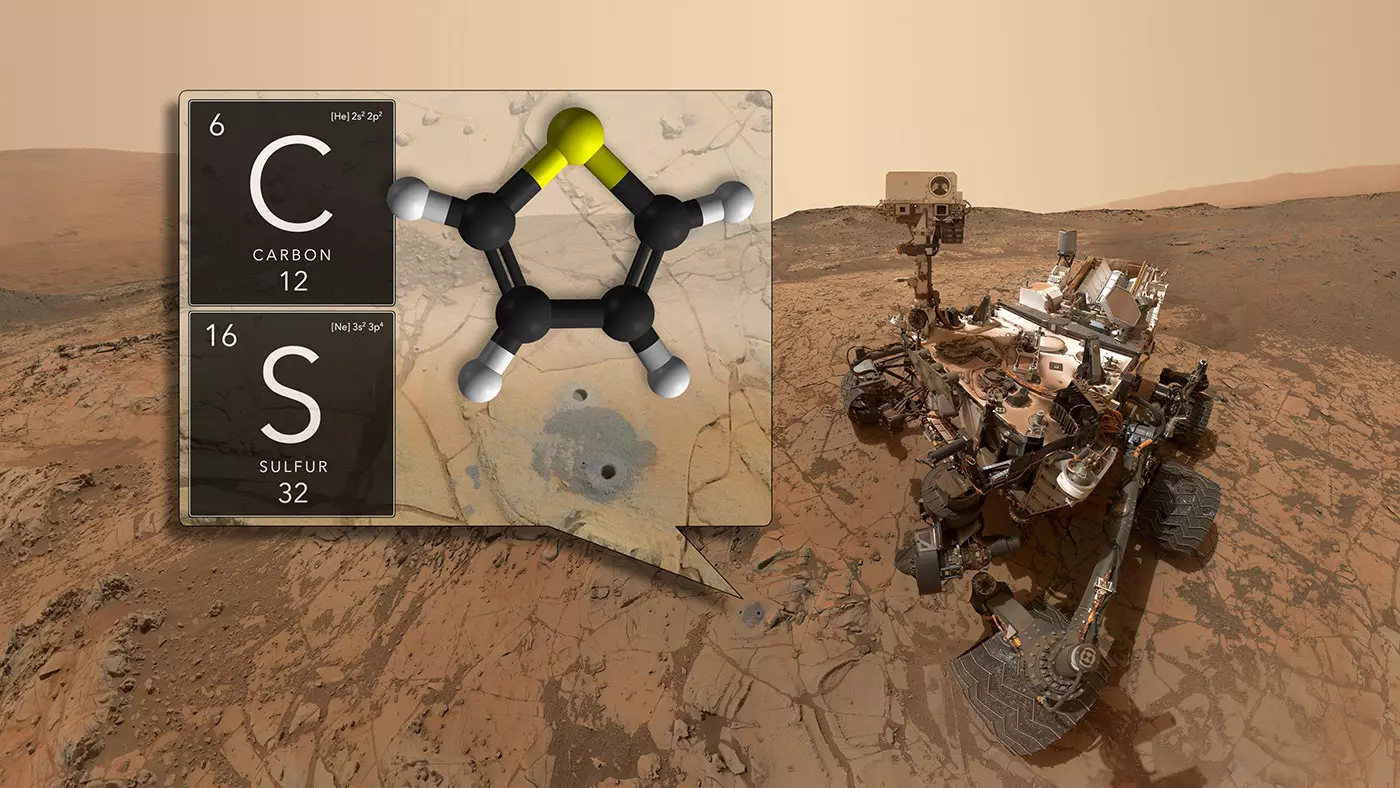[Originally published as NASA Has NOT Found the Building Blocks of Life on Mars]
The headlines are screaming it. NASA Mars rover discovers ‘building blocks’ for life: 3-billion-year-old organic matter, Curiosity Rover Finds Ancient ‘Building Blocks for Life’ on Mars, Building Blocks of Life Found on Mars, etc. etc. There’s only one problem. The building blocks of life were not found on Mars. I wish they had been. I think it would be awesome to find evidence of life on other planets besides earth. However, what NASA’s rover discovered on Mars wasn’t even close to the building blocks of life.
So what was really found on Mars? Not surprisingly, the title of the scientific paper that was published in the journal Science comes close to the truth:
Organic matter preserved in 3-billion-year-old mudstones at Gale crater, Mars
Now, of course, I think the “3-billion-year-old mudstones” is scientifically irresponsible, but notice the difference between the scientific article’s title and the title of the articles written by “science journalists.” There is no mention of life in title of the scientific article.
But wait a minute. Isn’t that just semantics? Doesn’t “organic” refer to chemicals that come from living things. Absolutely not! As I tell students in my elementary science book Science in the Industrial Age:
While organic chemicals are generally associated with living things, it is possible to make them from nonliving things…Scientists still use the terms “organic” and “inorganic” today to classify chemicals, but they do so based on the elements that make them up, not based on where they come from.
Now, of course, the news articles I linked above eventually get around to saying that it is possible for the molecules discovered on Mars to have come about without the presence of life. Even with that caveat, however, the news articles are still wrong, because the molecules discovered are not, in any way, the “building blocks of life.”
There are four chemical building blocks of life: proteins, lipids, carbohydrates, and nucleic acids. Each of these can be recognized because they have identifiable functional groups: specific arrangements of elements that have defined chemical properties. Proteins, for example, are long chains of amino acids, and amino acids have two functional groups: an amine group and an acid group. Lipid are composed of glycerol and three fatty acids. Carbohydrates, the simplest of the building blocks, have carbon atoms as well as twice as many hydrogen atoms as oxygen atoms. Nucleic acids are composed of a nitrogen-containing base, a sugar, and a phosphate group.
Did NASA’s curiosity rover find any of the functional groups that are found in the chemical building blocks of life? It might have found one. There might have been an acid group in the chemicals that were found on Mars, but that molecule could also be a chemical that has no acid group at all. The analysis that the rover is capable of doing cannot distinguish between the two. If course, there are acid groups in many organic compounds that have nothing to do with life, so the presence of an acid group tells us absolutely nothing. In addition, to be one of life’s building blocks, the acid group must be accompanied by an amine group. There were no amine groups discovered. The rover didn’t even find evidence of life’s simplest building blocks: carbohydrates.
This is why the scientific paper makes only these statements about life:
Organic matter preservation is central to understanding biological potential on Mars through time. Whether it holds a record of ancient life, is the food for extant life, or has existed in the absence of life, organic matter in martian materials holds chemical clues to planetary conditions and processes…[The rover’s] molecular observations do not clearly reveal the source of the organic matter in the Murray formation. Biological, geological, and meteoritic sources are all possible. Certainly, if ancient life was the organic source, then despite sulfur incorporation, the material has been altered sufficiently, such as by diagenesis or ionizing radiation, to obscure original molecular features more consistent with life (e.g., a greater diversity of molecules or patterns of limited structural variation within compound classes, such as hydrocarbon chains), or an insufficient amount of organic matter was deposited to allow detection…Our results suggest that it is likely that organic matter from various sources may be widely distributed in the martian rock record. Even if life was not a key contributor, meteoritic and igneous or hydrothermal sources have a strong potential to be broadly emplaced.
(emphasis mine, reference numbers removed)
Notice how the authors admit that the molecules don’t even have the characteristics you would expect from the building blocks of life, but that could be because they have been altered significantly since the time they were deposited.
Why am I making a big deal of this? Isn’t the fact that organic molecules have been found on Mars surprising? Not really. Organic molecules have been found throughout the solar system, and we’ve known that for at least 30 years. So the very fact that this is being trumpeted as something “surprising” is irresponsible.
More importantly, however, anyone who is interested in the chemistry associated with life needs to understand that there is a vast gulf between simple organic molecules such as what were found on Mars and even the very basic building blocks of life itself. Life’s chemistry is both amazing and complex, and to indicate that simple molecules like those found on Mars have any relation to the chemistry of life is grossly misleading.






